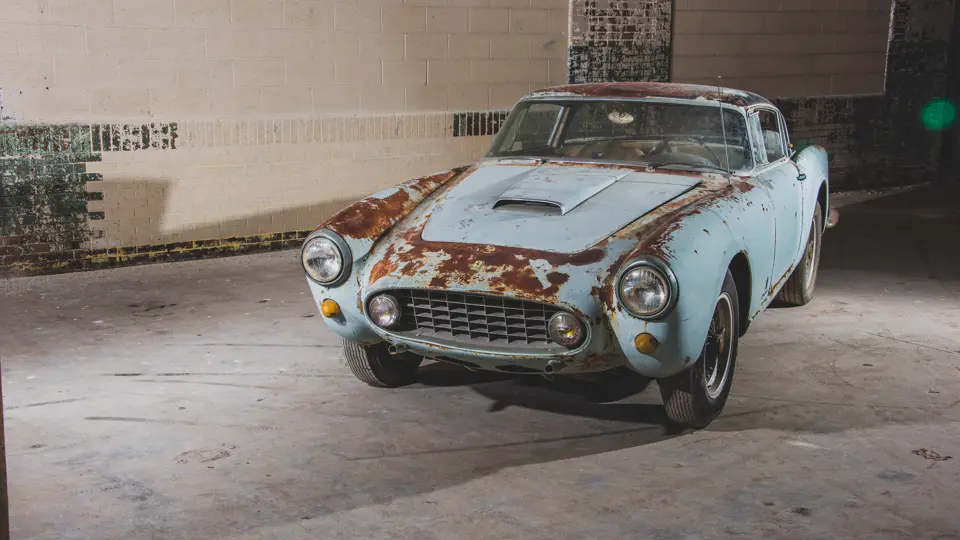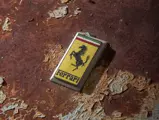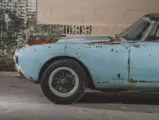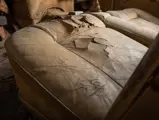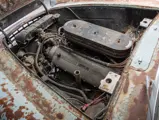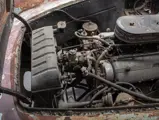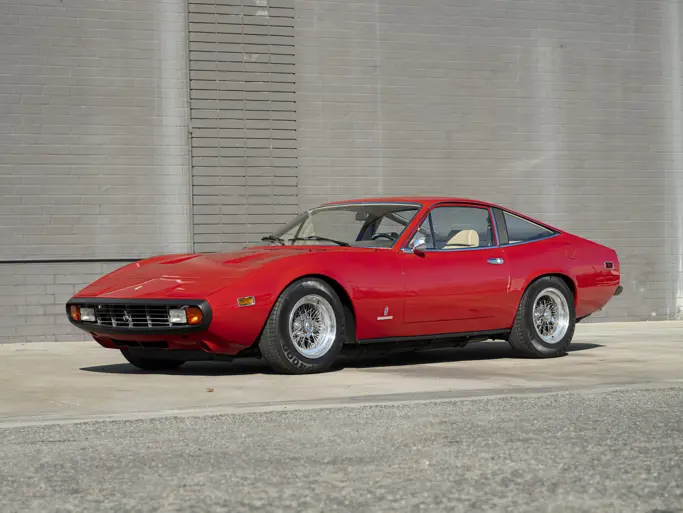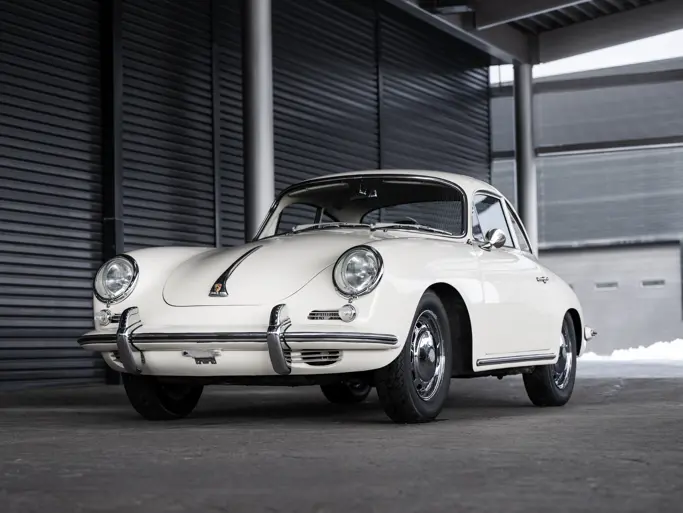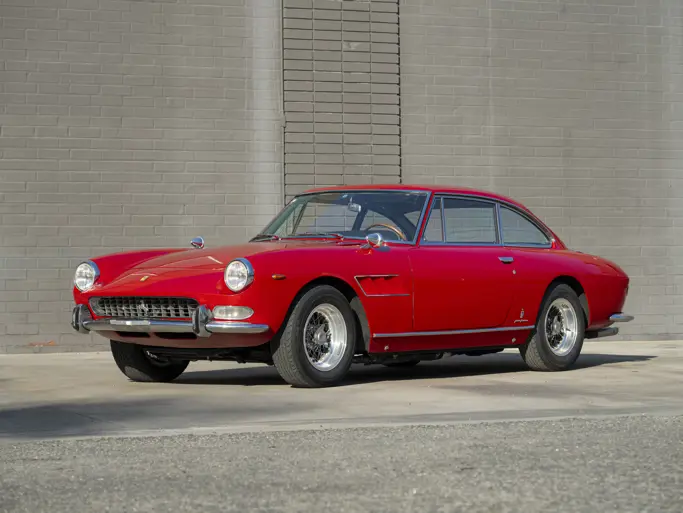
1956 Ferrari 250 GT Coupe Speciale by Pinin Farina
{{lr.item.text}}
$1,655,000 USD | Sold
Offered from the Lost & Found Collection
{{bidding.lot.reserveStatusFormatted}}
- One of four famous one-off 250 GT examples bodied by Pinin Farina during 1956
- Originally owned by King Mohammed V of Morocco
- Retains numbers-matching engine
- Benefits from a short American ownership chain of just two caretakers since 1962
- Emerging from 49 years of storage under current ownership
- A unique 250 GT worthy of a full restoration that could dazzle on the global concours stage
TRADING PLACES
At the Brussels Motor Show in January 1956, Ferrari introduced a new flagship luxury model to replace the 375 America. The Lampredi-engined 410 Superamerica was impressive in every detail, not the least of which was its arresting coachwork. The Pinin Farina design combined elements of formal and sporting sensibilities, commencing with an eggcrate grille and bulbous protruding fenders with integrated headlamps. The coachwork then segued into a high-waisted low-roof cockpit capped with a fastback wraparound rear windscreen, ultimately leading into a flatter rear deck flanked by subtle tailfins.
Two months later at the Geneva Salon, the Superamerica was joined on the manufacturer’s stand by a new Ferrari model that was visually quite similar. This was the introduction of the latest 250 GT, which was built on a 2,600-millimeter wheelbase chassis and powered by a further development of Gioacchino Colombo’s short-block V-12 engine. The new Pinin Farina coachwork virtually mirrored the Superamerica; while the flagship model possessed chromed hood and fender vents, mild wheel arches, accented rear fenders, and was obviously larger (being built on a 2,800-millimeter wheelbase chassis), the two models were otherwise nearly identical.
Pinin Farina built two prototypes and two early production examples of the new 250 GT before manufacturing took a peculiar turn. For reasons that probably hinged on capacity issues, the production contract for 250 GT Coupe coachwork was awarded to Felice Mario Boano’s eponymous concern, while Pinin Farina ultimately received the contract for 250 GT Cabriolet production. This was particularly ironic considering that Boano had designed and built the 250 GT Cabriolet shown by Ferrari at the 1956 Geneva Salon. Boano went on to produce approximately 80 examples of the “low-roof” 250 GT Coupe, and these cars became the definitive 250 GT examples during this chapter of Ferrari production—Maranello’s closest foray yet to a regular production model.
Despite being confined to cabriolet production, however, Pinin Farina received an order to body four more chassis as coupes. Starting with 0463 GT, the coachbuilder clothed four consecutive odd-numbered 250 GT chassis with its original Superamerica design, although three of these cars lacked fender vents, making them some of the most unusual examples of the design. These chassis received unique classification in the Ferrari nomenclature as the Tipo 513, and they were supplied to important clientele such as American West Coast importer John von Neumann and Fiat director Ing. Emanuele Nasi. But the most significant buyer among them purchased the example being offered here, chassis number 0469 GT.
ONE OF FOUR
According to the research of marque authority Marcel Massini, this rare 250 GT is the last of the four coupes that featured Pinin Farina’s Superamerica-style coachwork, and it is one of three built without fender vents. Dispatched to the coachbuilder’s workshop in May 1956, chassis number 0469 GT was finished in a two-tone exterior of a Celeste body crowned with a Nero roof, and the interior was upholstered in Naturale leather by Connolly.
After being completed in August 1956, the Ferrari was delivered to its first owner, Mohammed al-Khamis bin Yusef bin Hassan al-Alawi, better known as Mohammed V, King of Morocco. This was a time of great importance in Moroccan history, as Mohammed V had returned to his country less than a year earlier after being forcibly exiled by the French. The King had been a staunch advocate for national independence, and in a failed effort to silence his voice the colonial authorities tried to banish him from the national psyche. The ploy was ineffective, and following his return home in late 1955, Mohammed V was able to achieve Moroccan independence in February 1956, setting the table for a newfound era of freedom and world viability for the small North African nation.
Despite his intense political inclinations, Mohammed V was not immune to the appeal of highline automobiles, and he gradually amassed a respectable collection that included a Delahaye parade car (and he very nearly purchased the famed DeSoto Adventurer II concept car). The King’s nuanced automotive tastes are also evident in a widely circulated photo taken during the 1930s in which he stands in front of a Panhard coupe while his toddler son (the future King Hassan II) sits in a scale-model Panhard pedal car. Though it is mere speculation, it seems entirely possible that the King might have celebrated his nation’s hard-won independence by purchasing the latest speed machine from Ferrari, though he would understandably have wanted something more boutique and rare than a standard series-produced automobile. The Pinin Farina-bodied coupe with its rare coachwork was the perfect solution, rare and elegant, yet undeniably sporting.
It is not currently known if King Mohammed V was 0469 GT’s sole Moroccan owner, although the car continues to wear a rear license plate in Arabic, and it is documented with a period Moroccan registration. By the early 1960s the Ferrari had been exported to the United States, and in July 1962 it was titled to Ben Pace of Panama City, Florida. Twelve years later Mr. Pace sold the 250 GT to Walter Medlin, and it was subsequently domiciled for almost 50 years.
Now emerging from nearly five decades of seclusion, this unique 250 GT figures to make a welcome return to the collectable Ferrari niche. If treated to a full restoration by a supportive steward, 0469 GT will likely experience a warm welcome at major concours d’elegance and marque-associated events. It is worth noting that the highly patinated exterior appears to retain the original factory color combination, and it may even feature the original paint. This desirably authentic condition is complemented by the presence of many proper components, including wire wheels, Pinin Farina badges, Marchal lamps, and Veglia gauges and even a wood tool box.
For the nuanced Ferrari collector seeking a singular 250 GT restoration project, this unique Speciale offers a factory-commissioned glance at a slightly different interpretation of the model. As one of just four Pinin Farina-bodied mid-production examples built with Superamerica-style coachwork, and one of just three built without side vents, 0469 GT boasts a build provenance of significant rarity. The car’s cachet is further heightened by the original ownership of King Mohammed V of Morocco, and 49 years of cloistered storage by collector Walter Medlin. Following a proper refurbishment, this remarkable 250 GT should merit boundless admiration within the Ferrari community, sure to impress marque historians and casual enthusiasts alike with its unusual appearance and significant history.


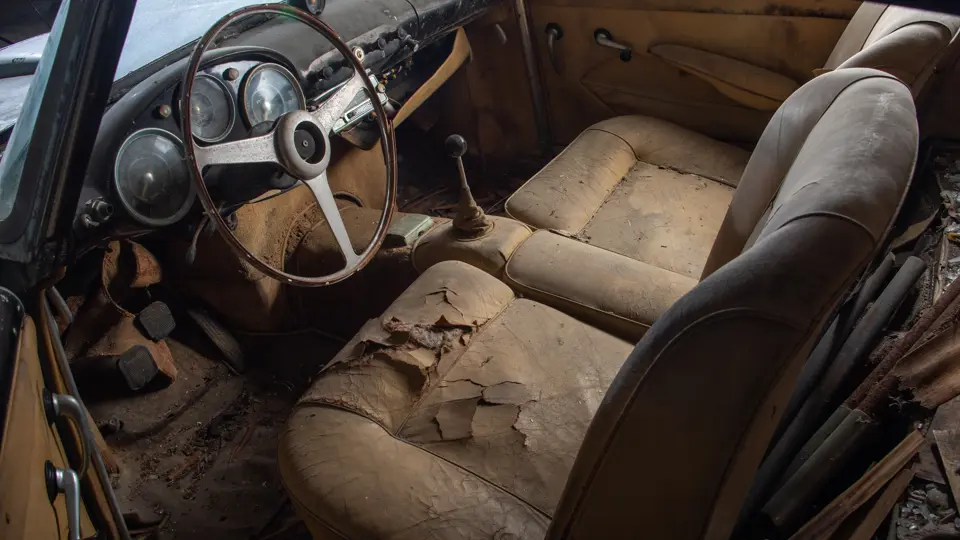


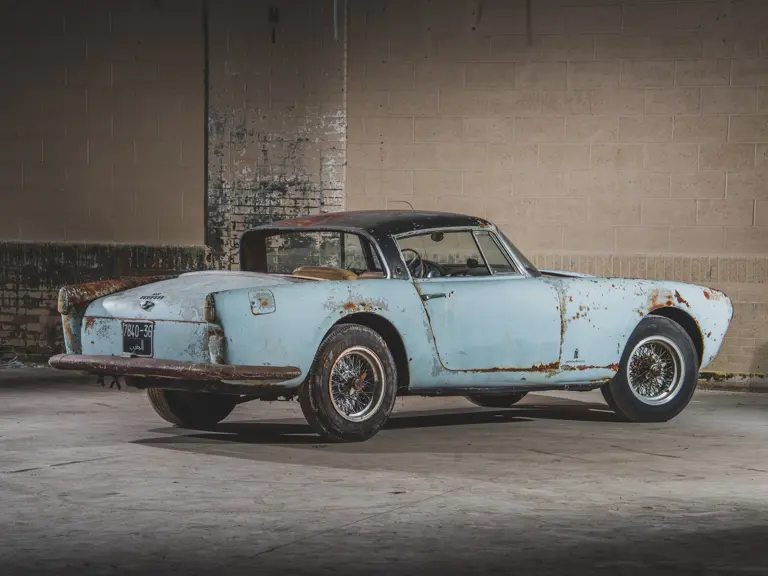
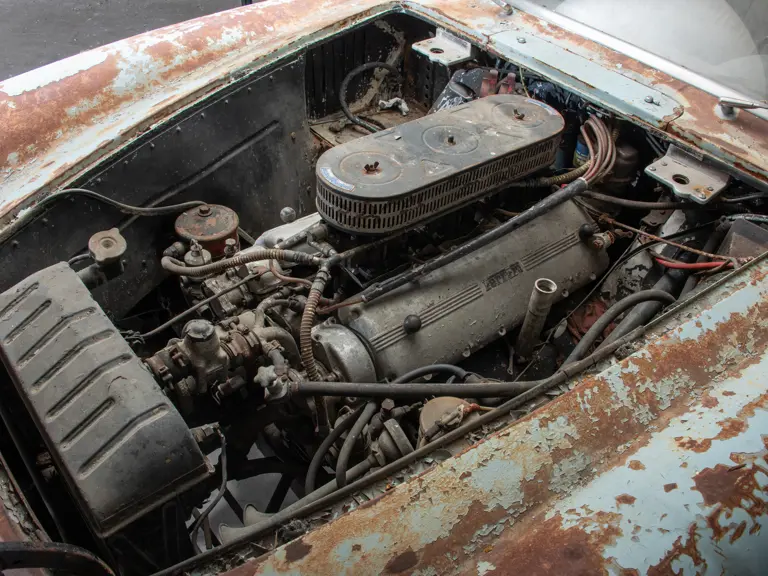
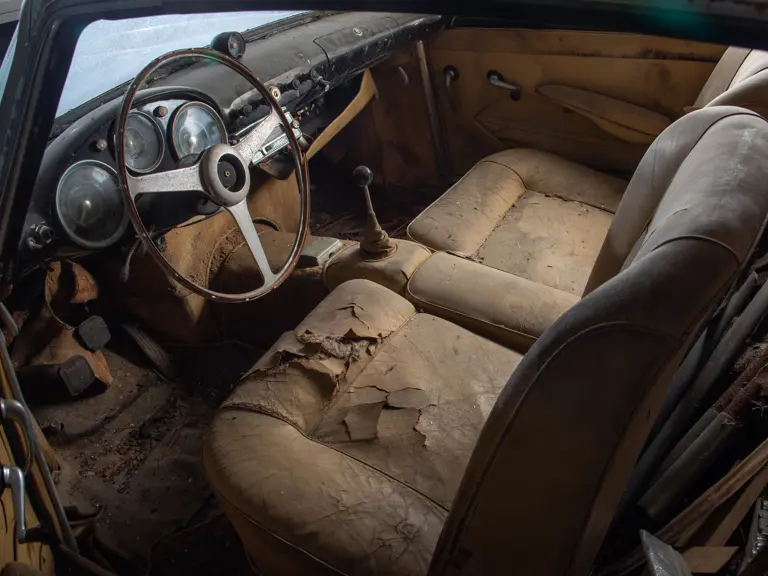


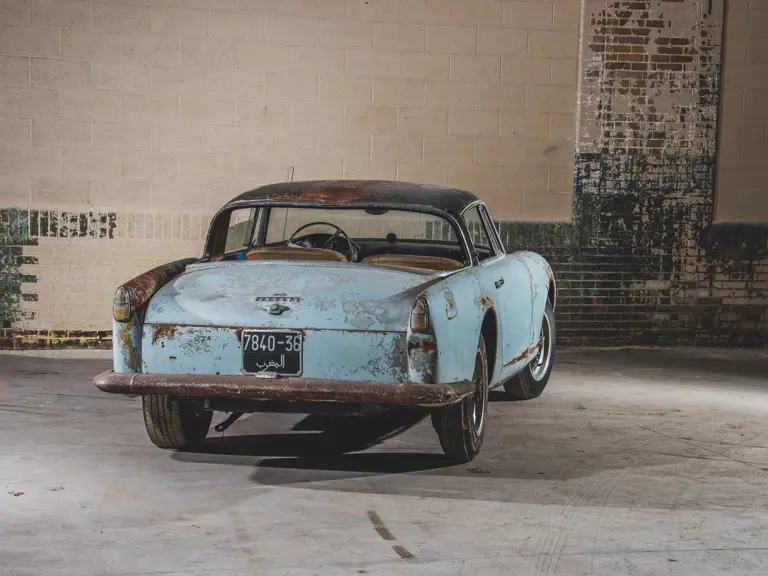




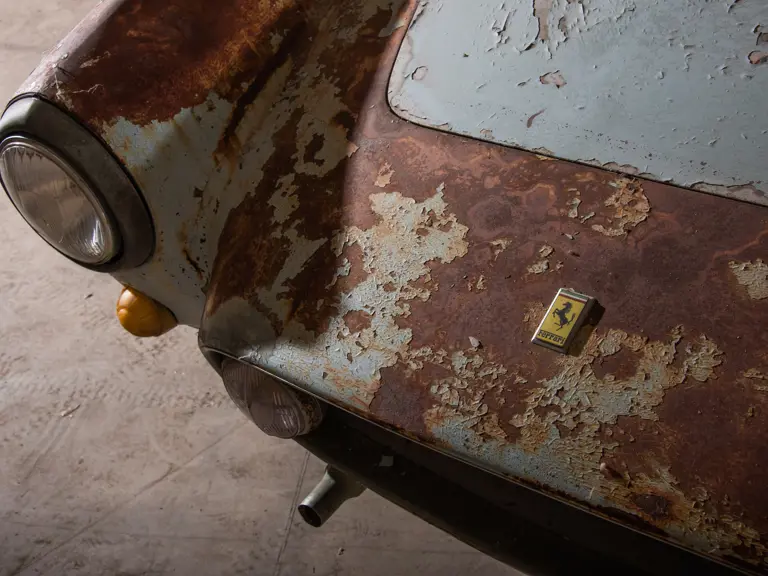
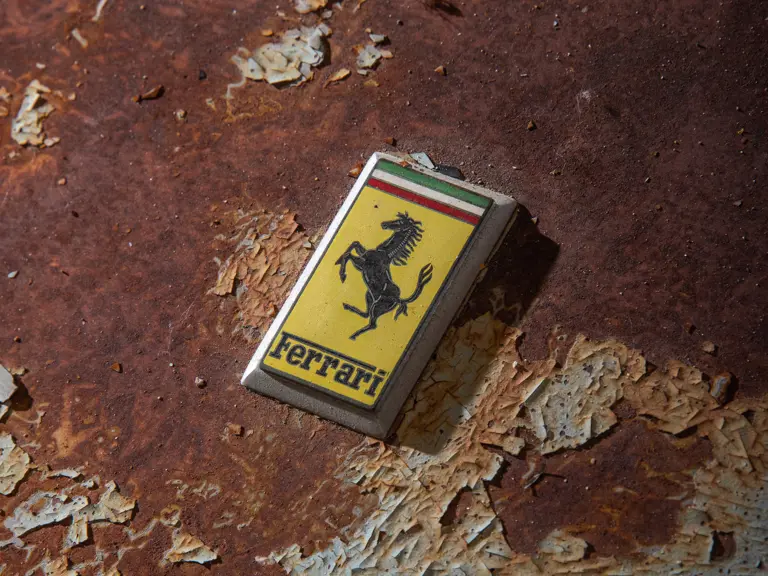
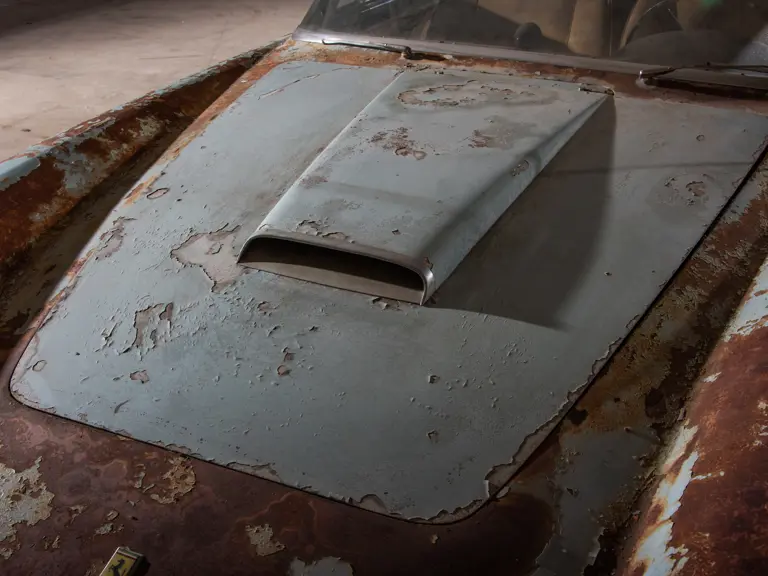
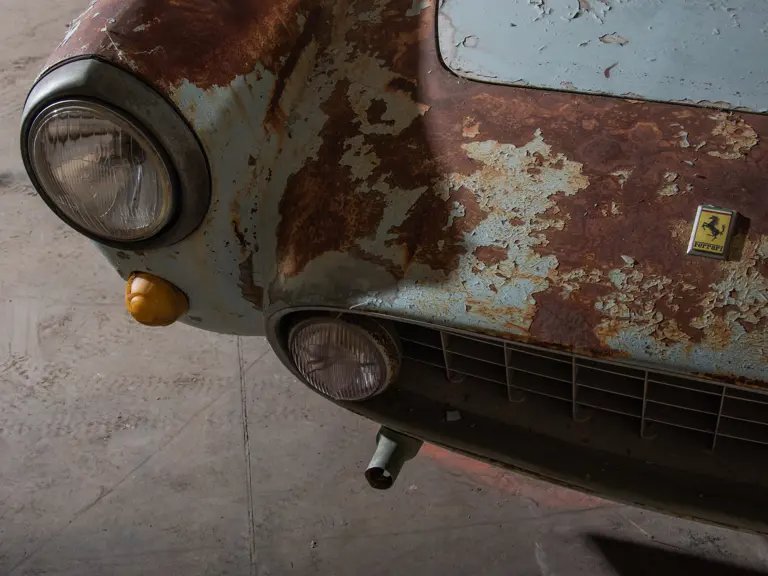
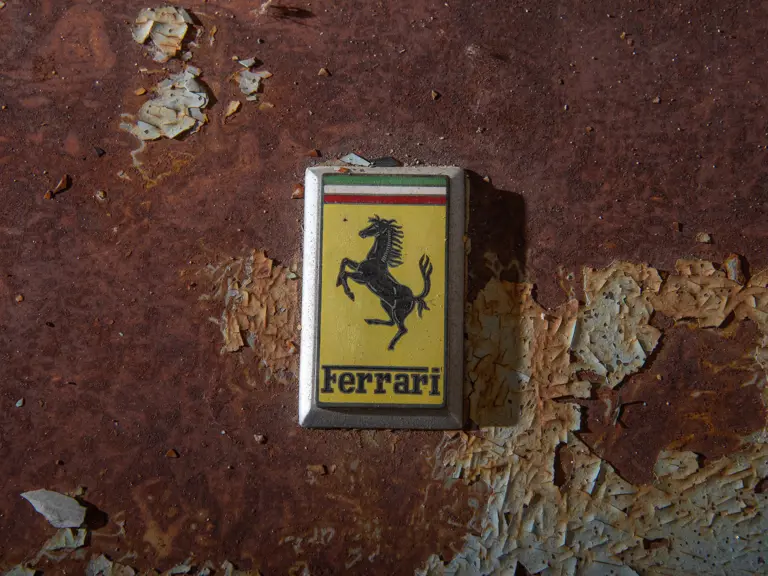
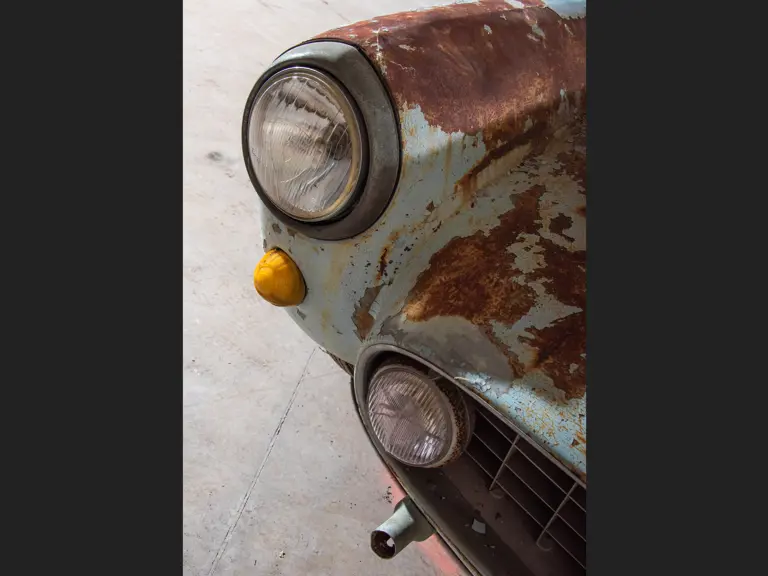

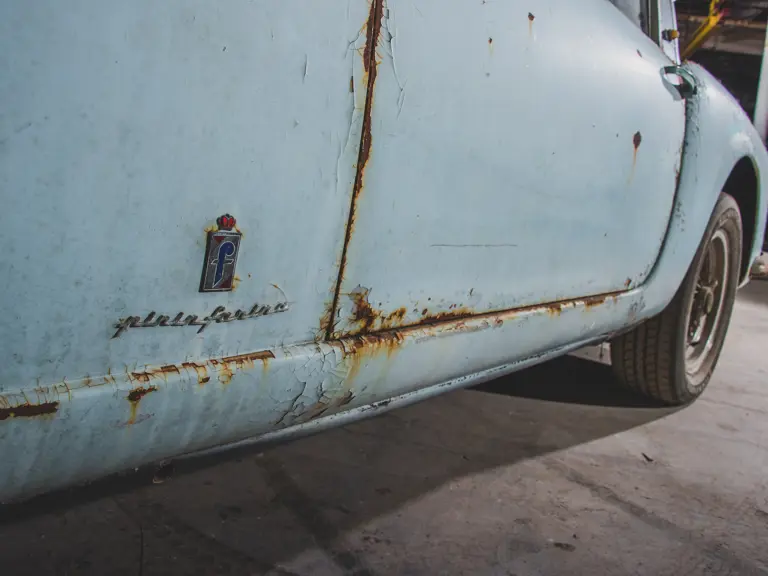
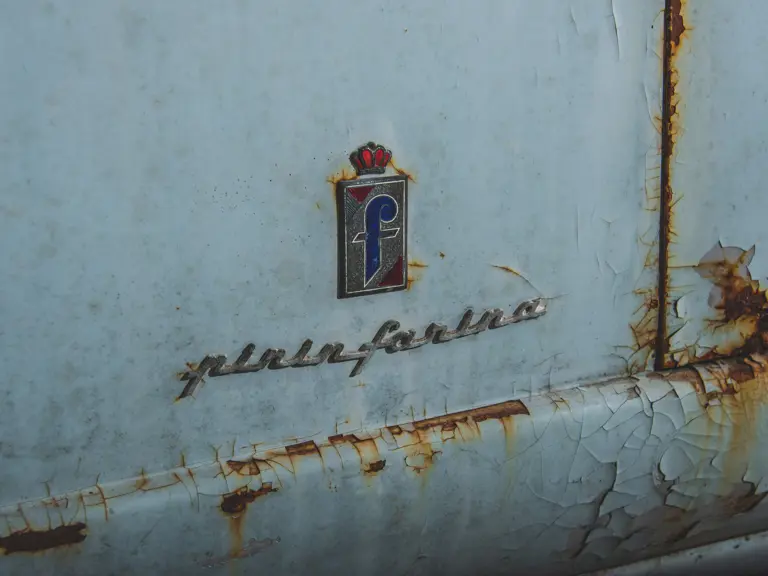



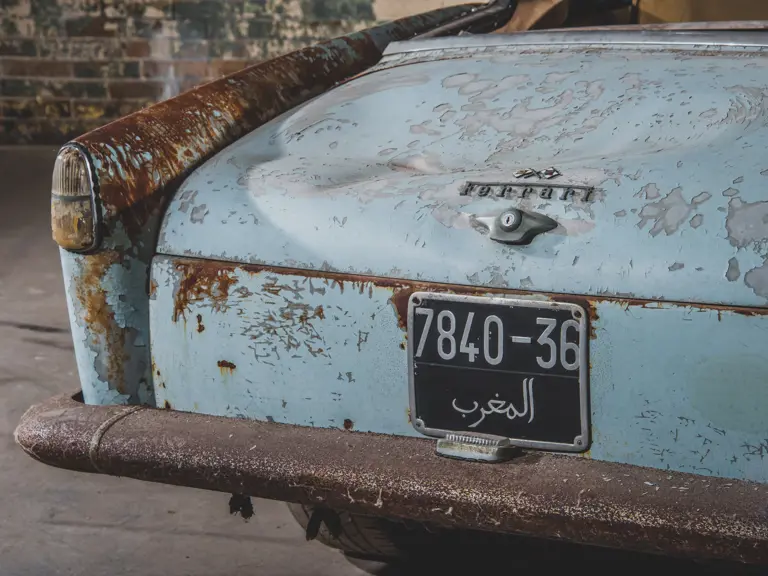
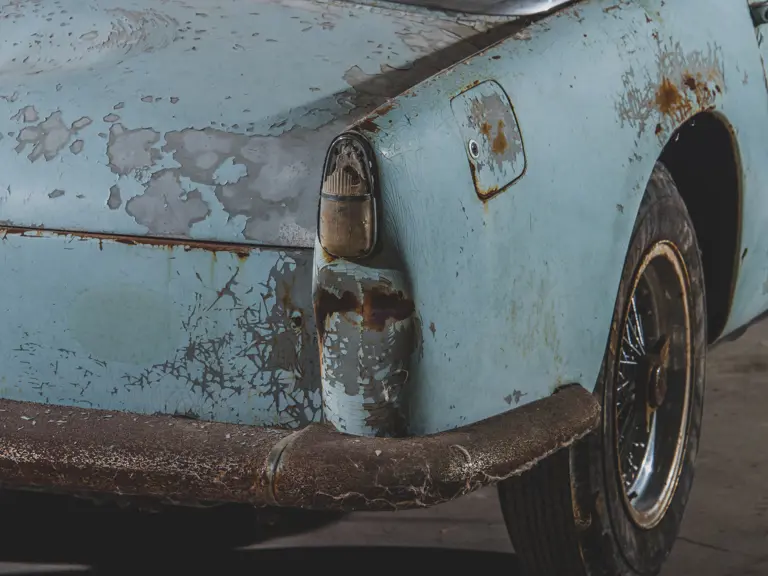
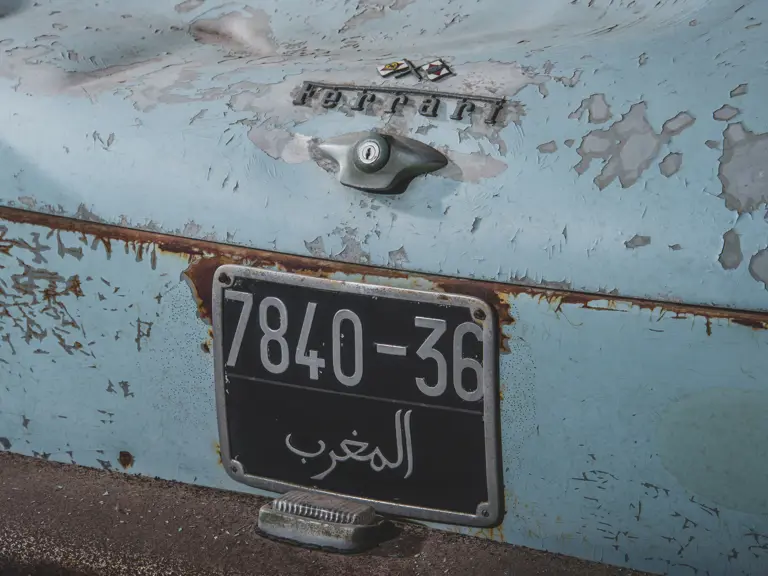

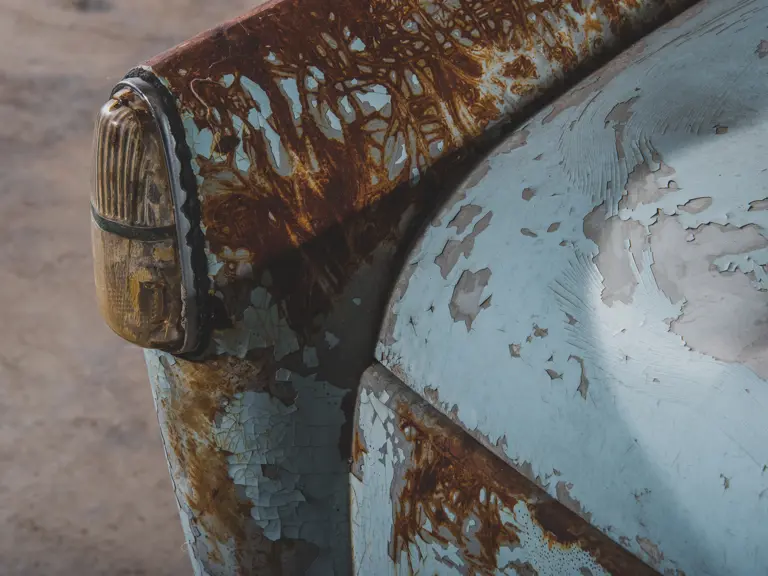

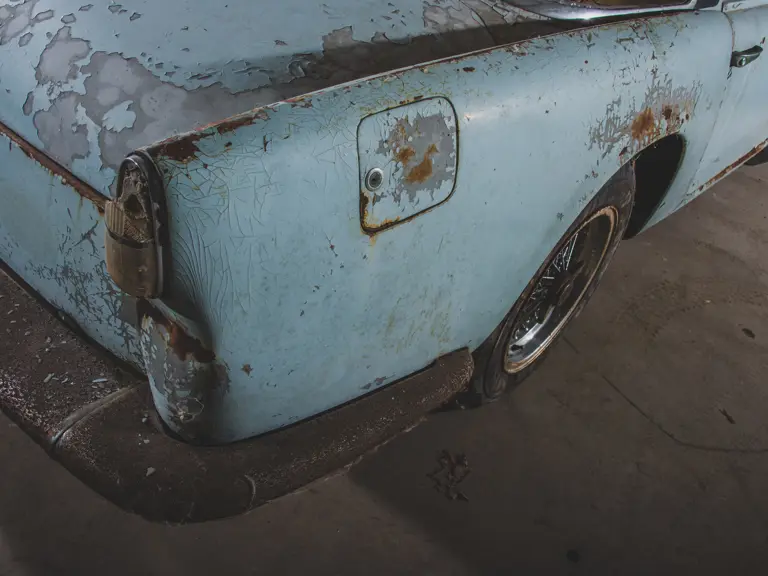
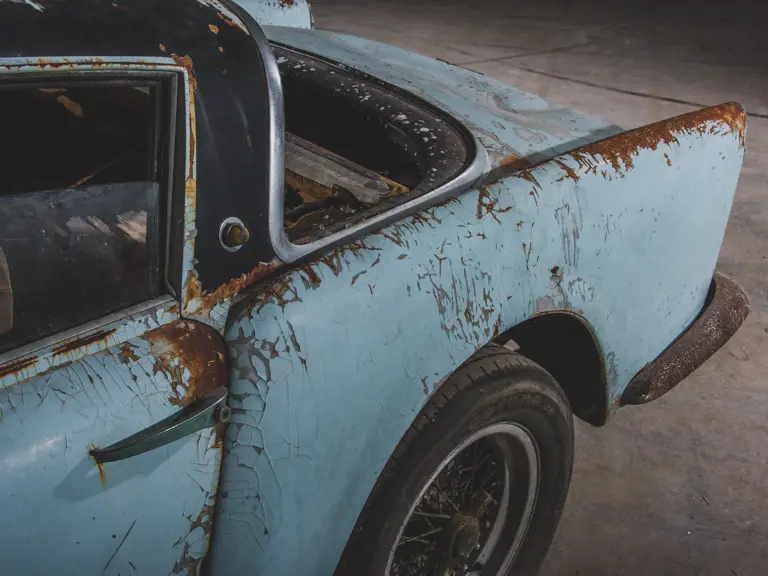
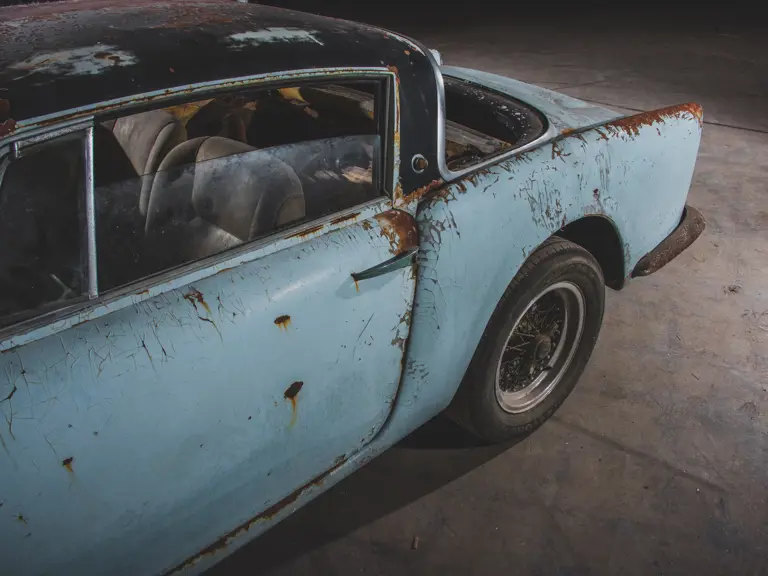
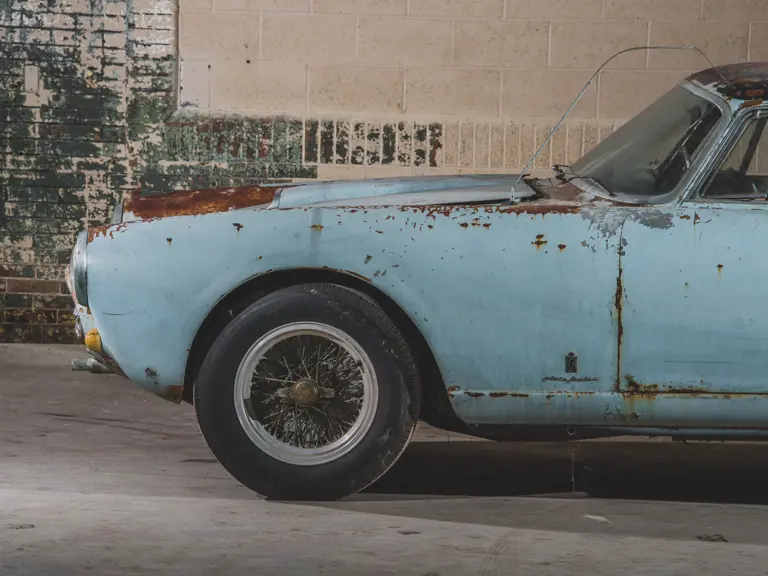




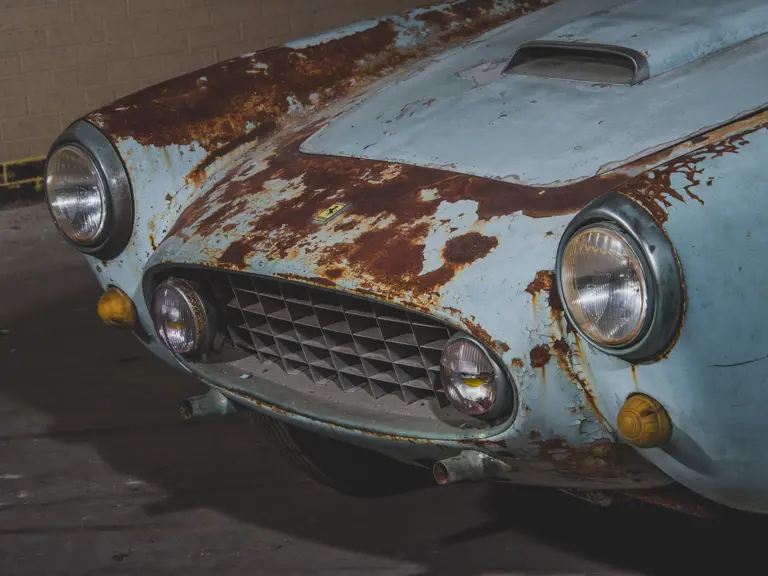
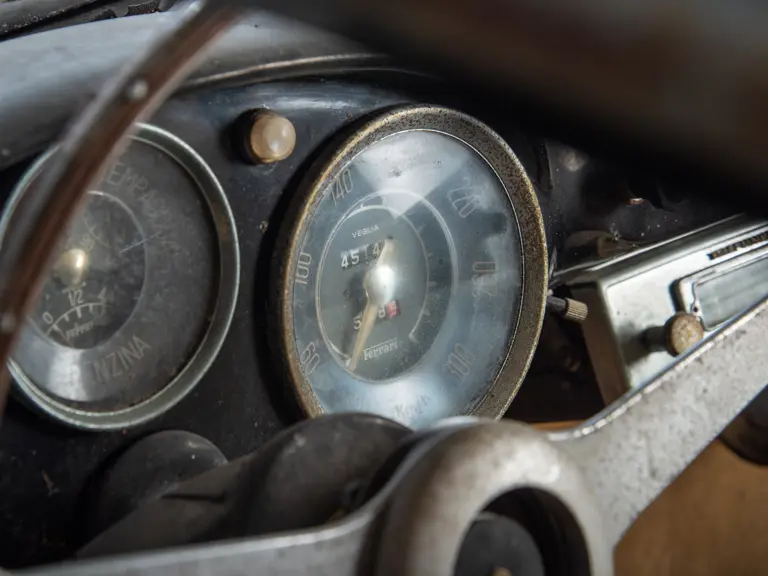
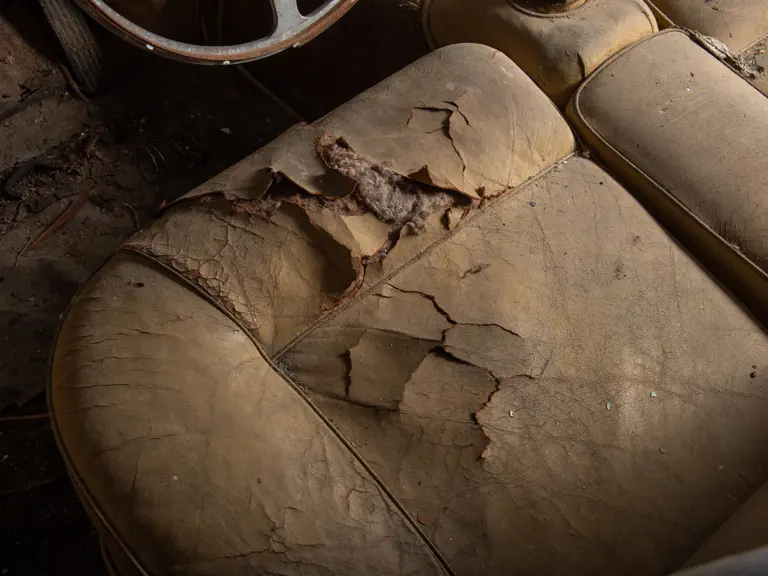

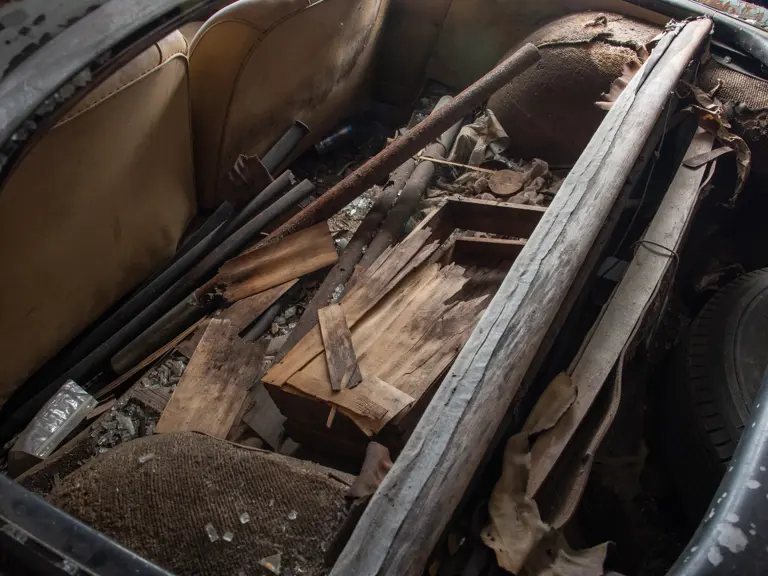
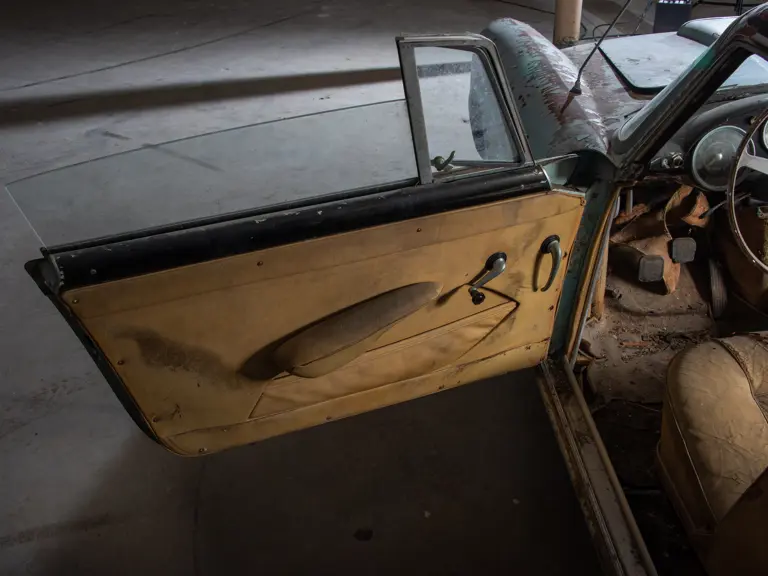


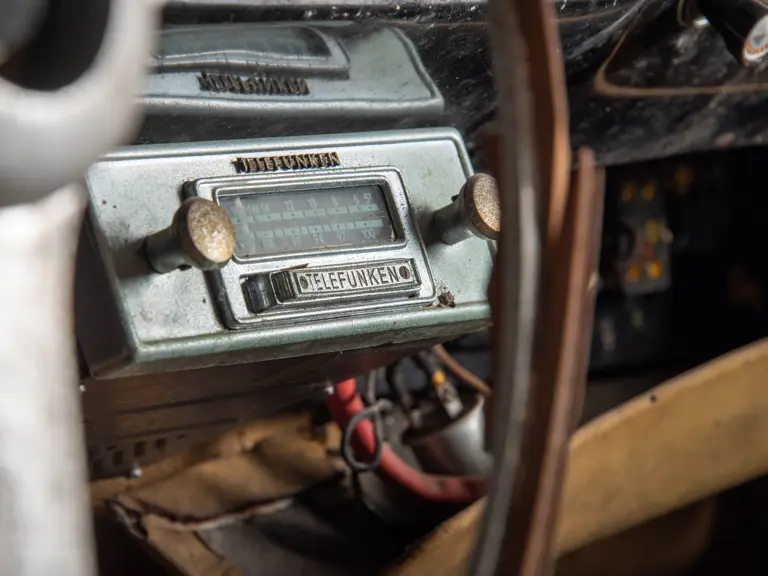
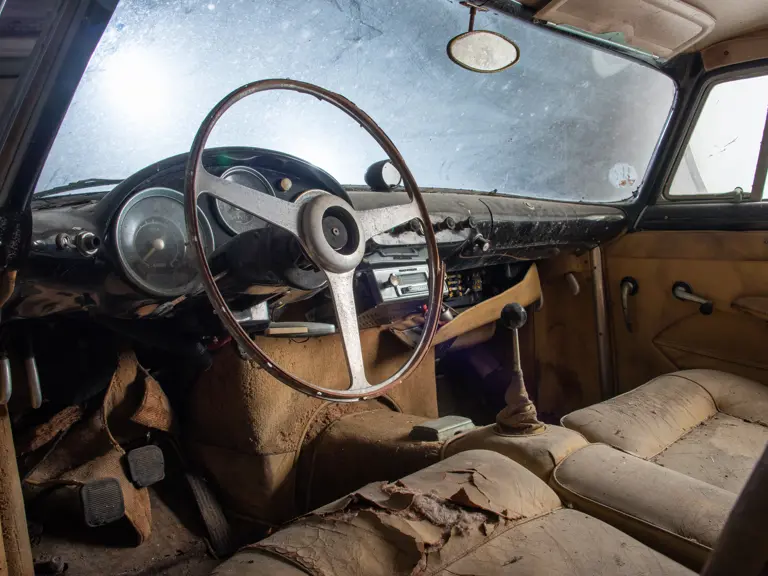
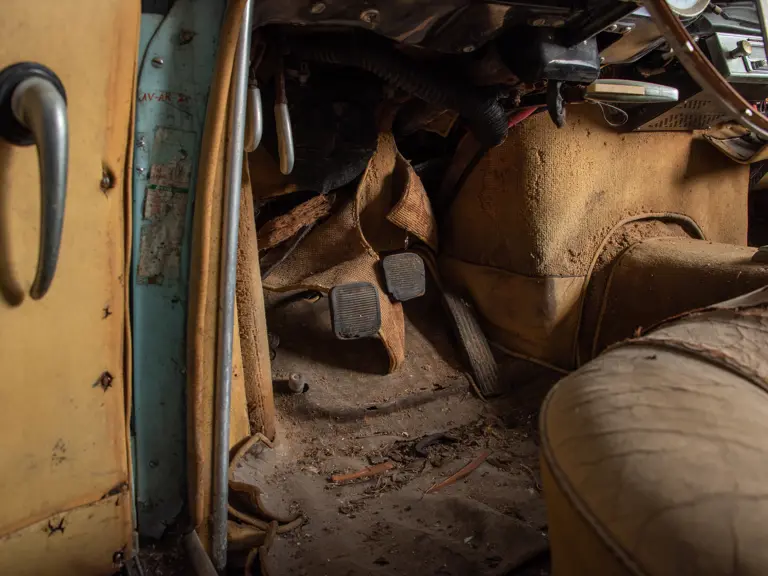
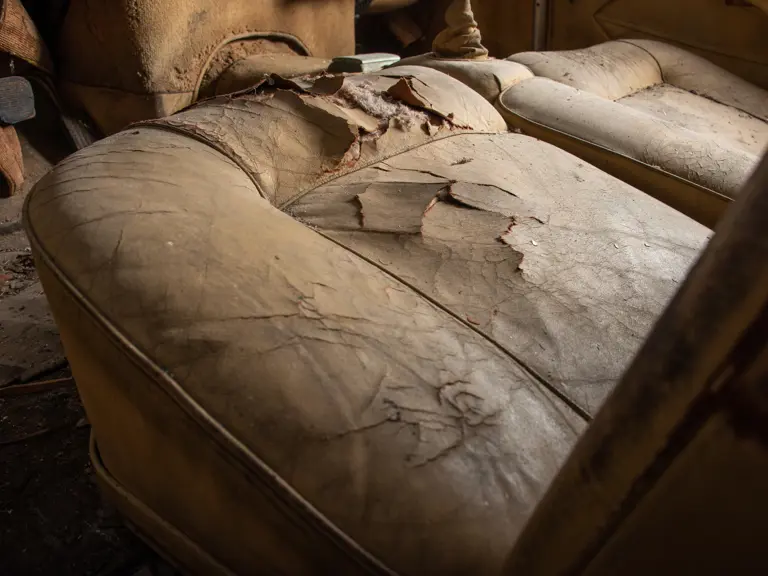

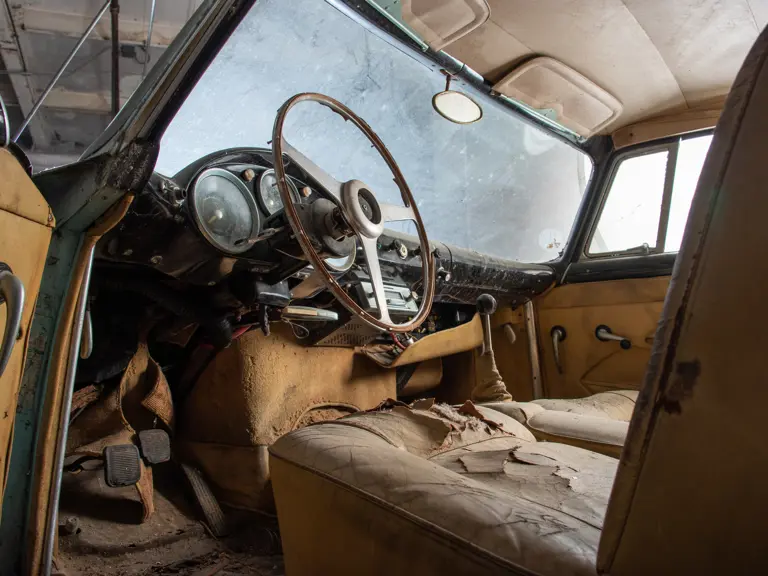
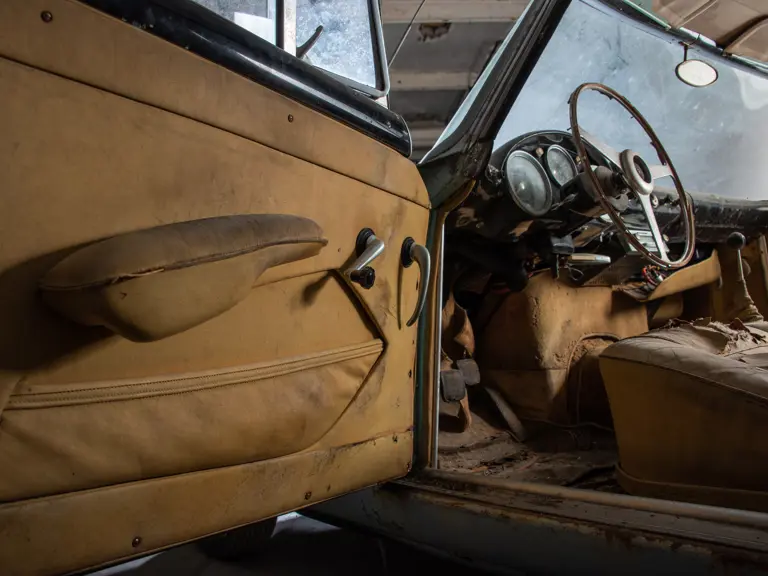
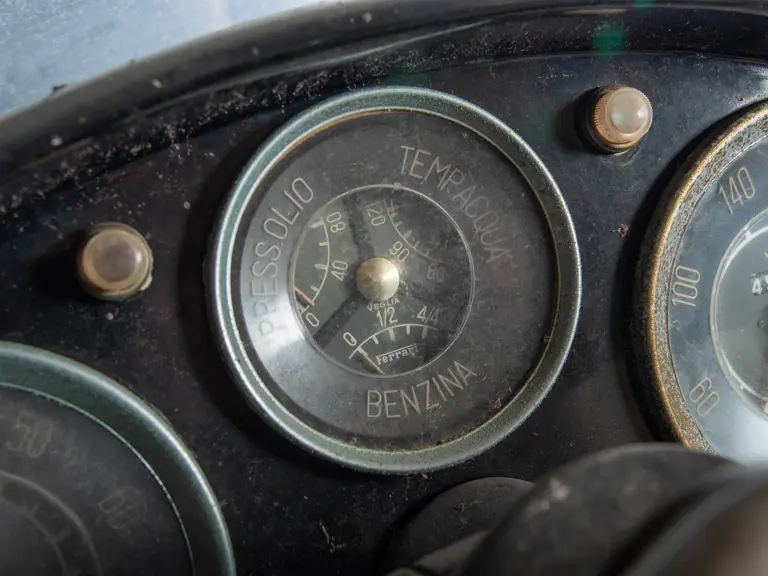

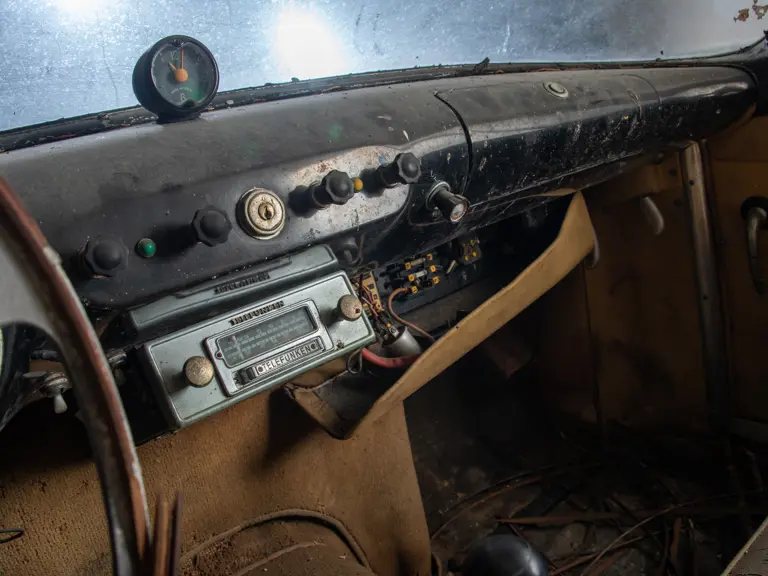

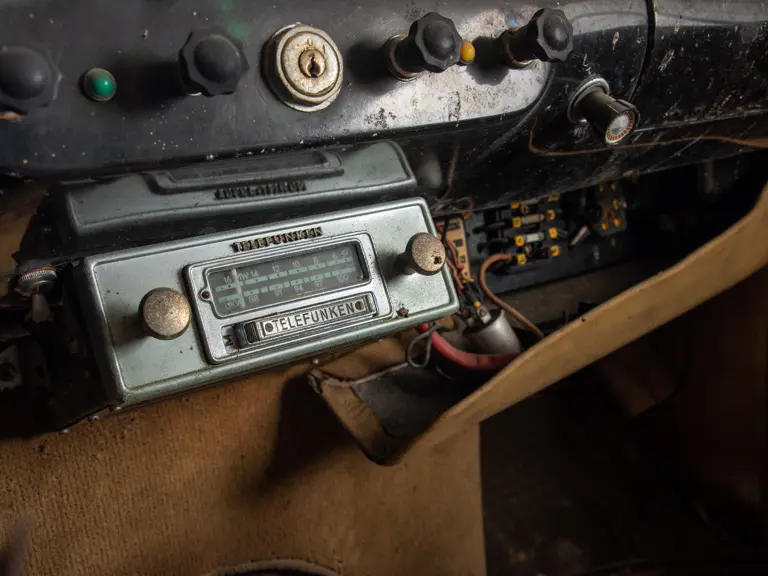
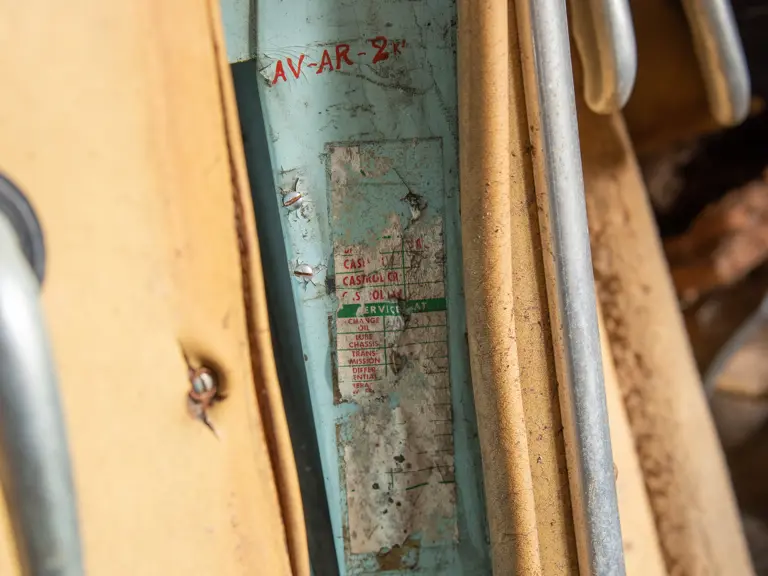

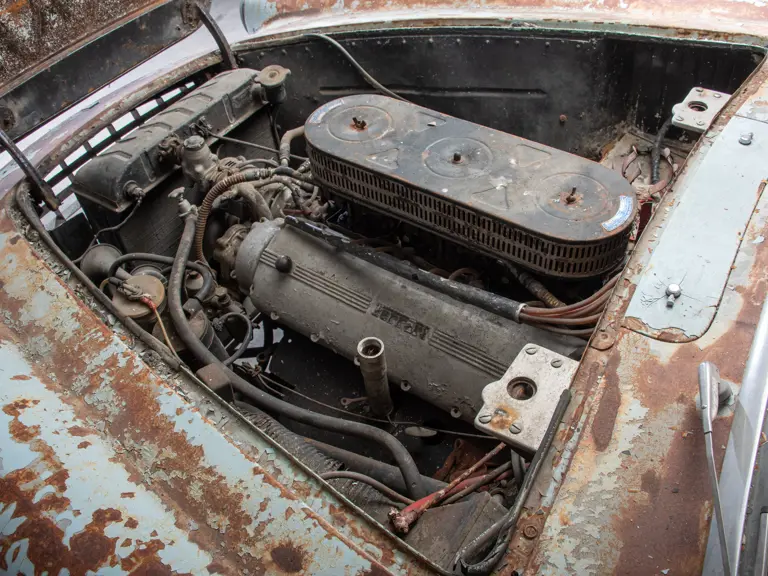
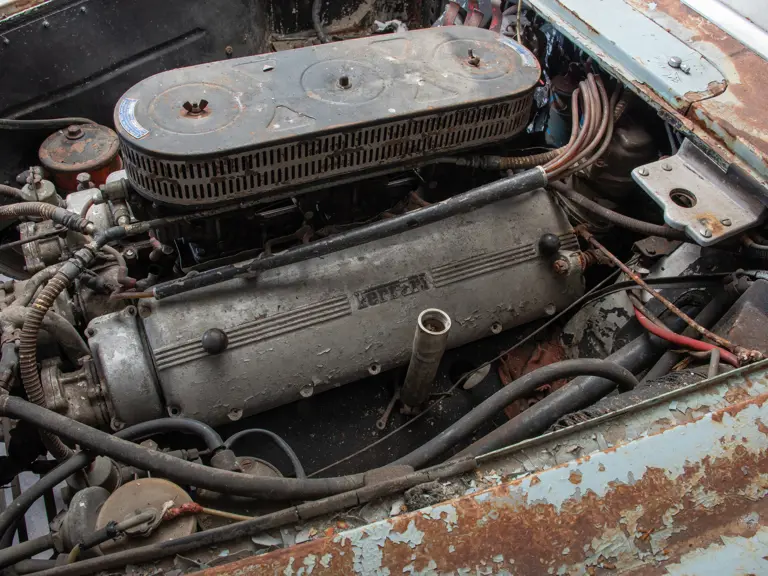

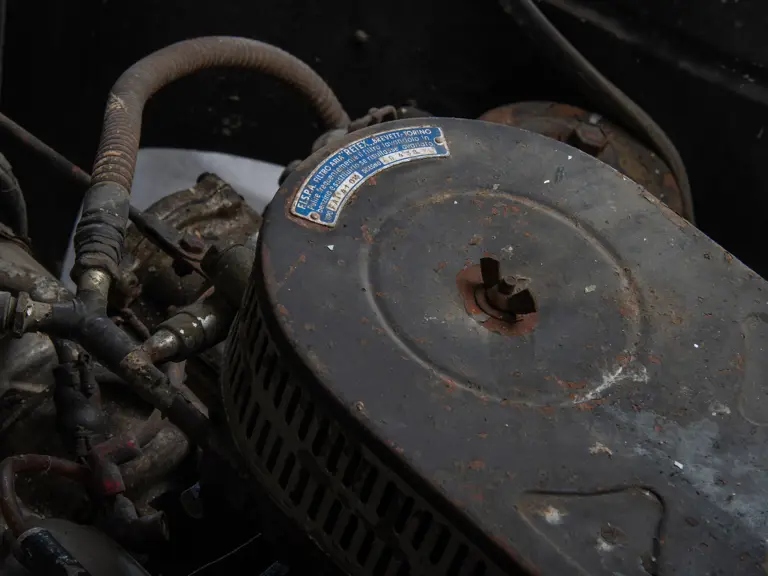

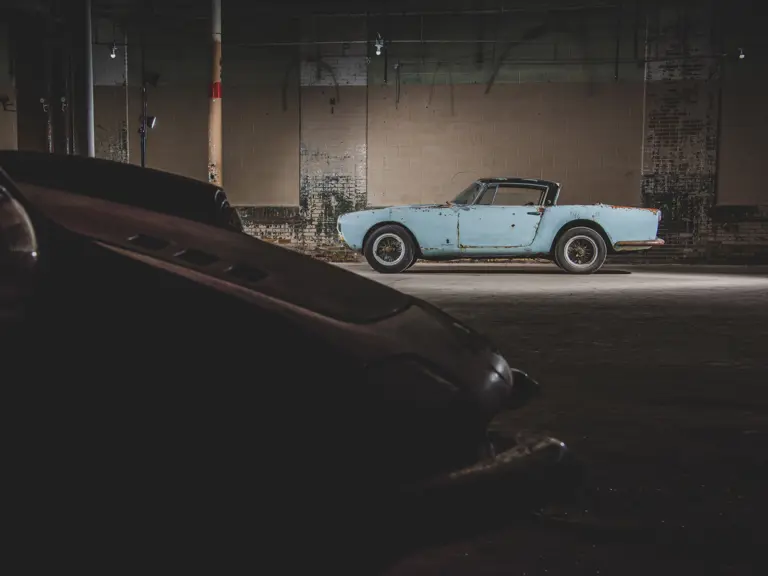



 | Monterey, California
| Monterey, California

